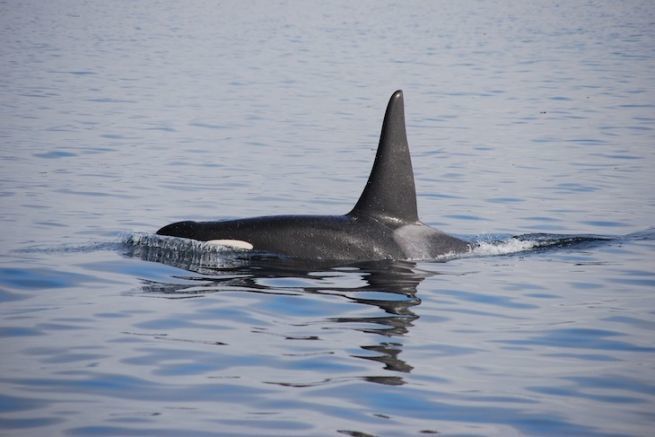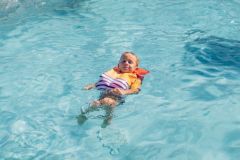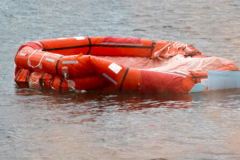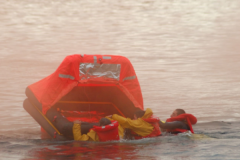A new and growing phenomenon
For several months, many boaters have reported interactions with killer whales. If these interactions took place mainly in the south of Spain, towards the Strait of Gibraltar, recently, a French sailboat met these mammals 150 km off the coast of Royan.
"This is a new phenomenon. The first interactions of killer whales with recreational boats, especially sailboats, began in 2020 in the south of the Iberian Peninsula, towards the Strait of Gibraltar. The first individuals belonged to a genetically isolated subpopulation" begins Paula Mendez Fernandez.
This phenomenon, which has never stopped, has even intensified with the summer. Indeed, there are more boaters and orcas sailing. They follow the bluefin tuna, which they feed on, and which reach the Mediterranean during this period. What is rarer, however, is the presence of killer whales in the Bay of Biscay. Generally, only one case per year is reported in this area, as the animals are always chasing the schools of tuna, part of which go up into the Bay of Biscay.
"This is a new behavior for killer whales, even for all marine mammals. They go looking for the boats, play with them and can even break the rudders, with a violence that can sometimes frighten the crews", explains the engineer.
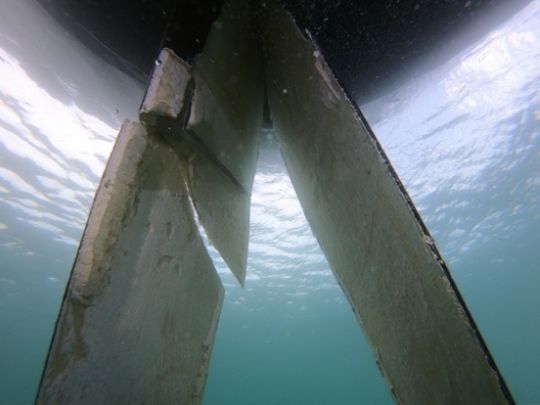
Orcas looking to play
If these interactions can make boaters panic, scientists do not see it as a dangerous behavior for humans, in the sense that the orca does not come to attack. However, be careful not to fall into the water at this time, as the orcas could unintentionally injure you.

No known triggering phenomenon
"We suspect that they are looking to play. Killer whales have a highly developed learning capacity and very strong social groups. It is a matriarchal group where the female teaches the juveniles to play, to hunt... The juveniles then reproduce the action. There have been quite a few interactions where it was only juveniles. But for the moment we don't know what drives this behavior. Other hypotheses aim to explain that the orcas are trying to make it clear that they are fed up with our presence at sea, with the too important maritime traffic. In Gibraltar, the traffic is intense and there are also many whale watching companies, but they respect the rules so as not to disturb the animals" says Paula.
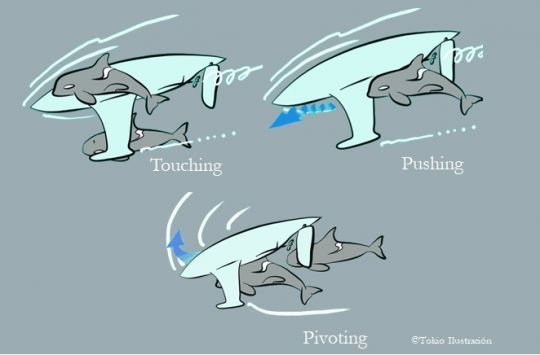
But how did this phenomenon develop? For the moment, the working group does not know how to explain it, as Paula points out.
"We don't know if a particular event triggered this. There's no known trigger. We can assume that something happened with a boat. The relationship between killer whales and fishing boats in the Mediterranean is conflicting, as they share the same source of supply. Especially in Morocco, where fishermen use small artisanal boats and fish tuna by line, directly eaten by the orca in a fishing situation. The fishermen have always been fed up, so did something happen?
In any case, we are surprised to see that it is intensifying more and more. Last year, there were no cases in French waters. The northernmost area where this phenomenon was studied was Galicia. We hope there won't be any more."
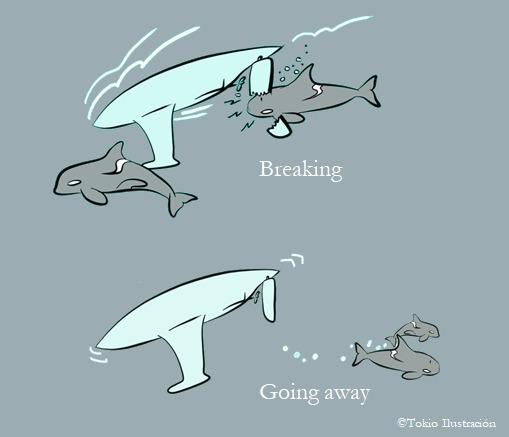
Respect the security protocol
To better understand this phenomenon and protect boaters, a working group was created. GT Orca Atlantica gathers scientists and orca specialists, but also public institutions to collect a maximum of information on these interactions and give advice and instructions to boaters.
"We have established a safety protocol, sent to the PREMARs, for distribution to ports and marinas, but not all boaters are aware of it. It doesn't work 100%, because some times the orcas have continued. But in the majority, we could see a reaction when the boat stopped." says Paula Mendez Fernandez.
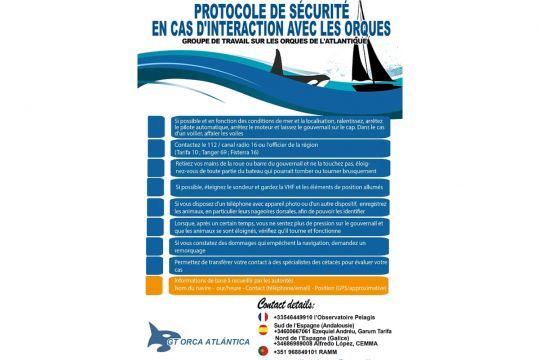
Here are the steps to follow if orcas come to meet you :
- If possible, depending on sea conditions and location, slow down, stop the autopilot, stop the engine and leave the rudder on course. In the case of a sailboat, lower the sails.
- Contact 112/ radio channel 16 or the officer of the region (Tarifa 10; Tangier 69, Fisterra 16)
- Take your hands off the steering wheel or tiller and do not touch it, and keep away from any part of the boat that could fall or turn suddenly.
- If possible, turn off the sonar and keep the VHF and position elements on.
- If you have a camera phone or other device, record the animals, especially their dorsal fins, so you can identify them.
- When, after a while, you no longer feel pressure on the rudder and the animals have moved away, check that it is turning and working.
- If you find damage that prevents navigation, request a tow.
- Allow your contact to be transferred to cetacean specialists to evaluate your case.
- Basic information to be collected by the authorities: Name of the vessel / time / contact (phone/email) - GPS position
"You always have to preserve yourself, but if it's possible, that the orcas are quiet, it's good that the boater is taking pictures. These individuals belong to a sub-population well identified by the dorsal fin. Thanks to this, we were able to identify individuals that were present on several occasions during different interactions. But the images must be of good quality. Then you have to call Pelagis or go to the ORCA WG website to give as much information as possible: GPS coordinates, date, time, how it happened, the number of individuals, the duration..." says Paula.
Many browsers still do not know what protocol to follow in case of interactions with orcas. It is therefore important to take this safety protocol into account. The engineer even advises to choose another route if possible or to change destination to avoid this kind of problem. Today, this zone concerns the south of Spain, between Tarifa and Cadiz, at the entrance of the Strait of Gibraltar. On the GT Orca website, you can find an interactive map updated regularly, which lists the latest interactions.
